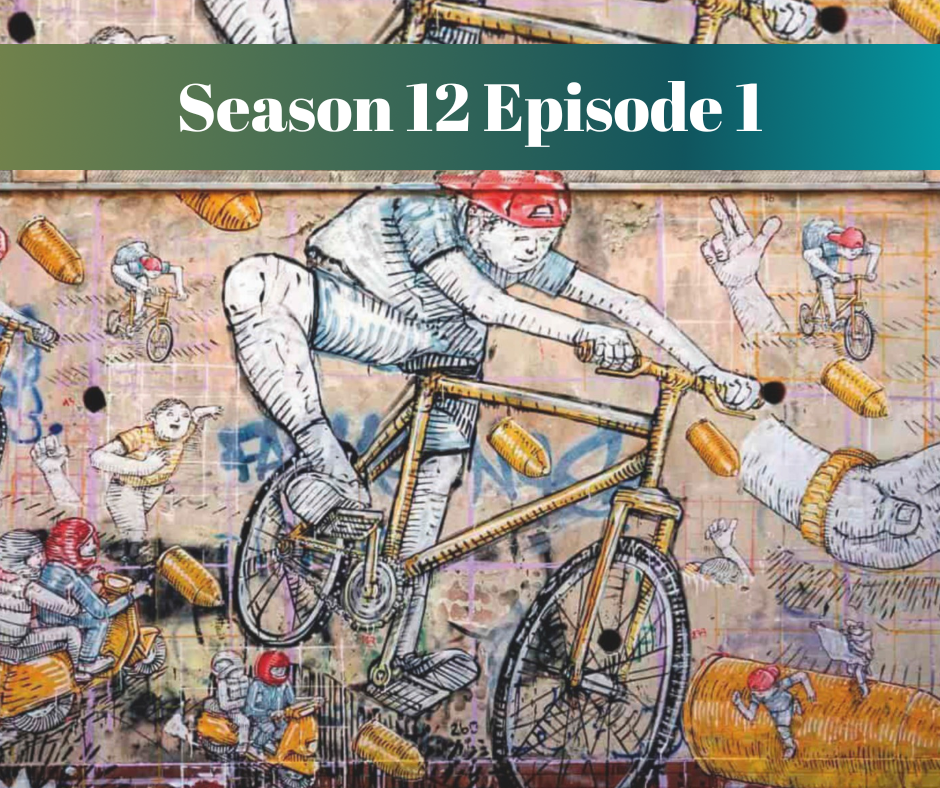This editorial on street art censorship was originally published in my street art newsletter, Beyond the Walls, which lands in inboxes on the 1st of every month with reflections and unexpected finds. This excerpt is from the January 1, 2025, edition. Subscribe here to receive future issues.
In last month’s editorial, I wrote that despite the commodification and commercialization of street art, not all is lost or corrupted. Just weeks later, BLU, one of the most significant voices in the street art world, took to the streets of Naples in an independent and spontaneous act. Through a stunning mural commemorating Ugo Russo -a young boy killed by a police officer a few years ago- BLU proved that “the heart of street art still beats strong.”
For this project, BLU created one of his signature animated mural videos, blending static imagery with the creative process of video animation. This unique interplay of art and technology delivers a profound narrative that transcends mere visual representation, offering layers of meaning and critique.
The mural demands truth and justice for Ugo Russo, but its message reaches far beyond this single tragedy. It reflects the plight of countless kids who spiral out of control in a society that offers them no place, remembering them only as a public order problem when it’s too late.
Yet, almost as soon as the mural appeared, Naples’ city officials announced its impending removal, citing administrative reasons—namely, the lack of permits. However, this justification thinly veils an act of outright censorship.
This case is far from isolated. It reflects a broader struggle in the world of street art over who has the right to express themselves in public spaces and how those spaces are controlled.
Locally, it ties back to a pattern of suppression. In 2023, another mural honoring Ugo Russo, painted by street artist Leticia Mandragola, was similarly erased despite being officially authorized.
The repeated censorship of these works raises critical questions: Who decides what stories are allowed to inhabit public spaces? And what does it mean when voices advocating for justice and reflection are systematically silenced?
Censoring the Streets: Why Street Art Challenges Power
Street art inherently defies traditional power structures by reclaiming public spaces as platforms for free expression. In urban landscapes dominated by advertising, artists transform these spaces into arenas for creativity and dissent. Through murals, stencils, and graffiti, marginalized voices critique societal injustices, question authority, and invite public dialogue.
In cities like São Paulo, Paris, and Berlin—just to name three cities widely celebrated for their urban art scenes—murals addressing contentious issues such as economic inequality, political corruption, immigration, or LGBTQ+ rights are frequently removed.
These actions expose the limits of the cities’ enthusiasm for street art: when public art is permitted only in ways that align with power structures, it risks being reduced to mere decoration. But that’s a broader discussion for another time.
Such censorship undermines the notion of public spaces as places for collective expression. Instead of fostering diverse conversations, they become curated arenas where only “acceptable” narratives are allowed to thrive, reinforcing existing social and political hierarchies.
In this light, street art remains a subversive act—not merely because it challenges the aesthetics of urban space, but because it questions who gets to decide what stories are told and which are erased.
This isn’t the first time we’ve discussed censorship and street art in this newsletter. For those interested, I’m sharing links to previous posts where we explored the censorship of a piece by Nemo’s in Florence and the removal of an artwork by Os Gemeos in Grottaglie, which was replaced with a propaganda mural ahead of the G7 summit.
- Read also: “Street Art: Everyone’s Platform, Until It’s Not“ (April 1st, 2024)
- Read also: “Clean Walls, Silent People” (July 1st, 2024)
